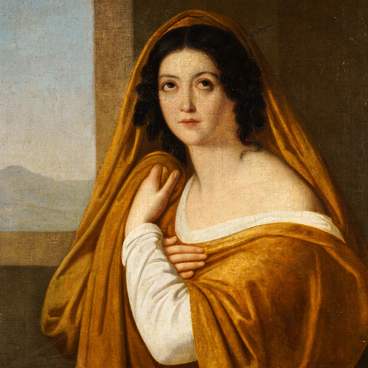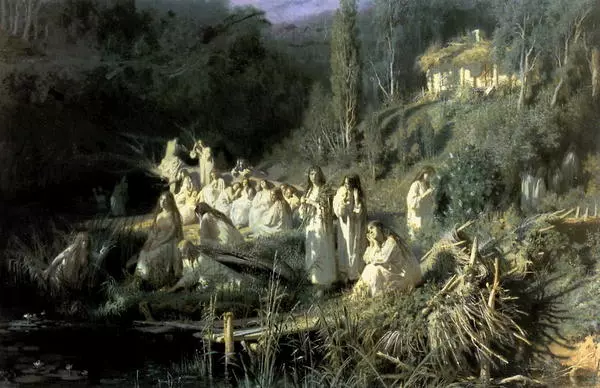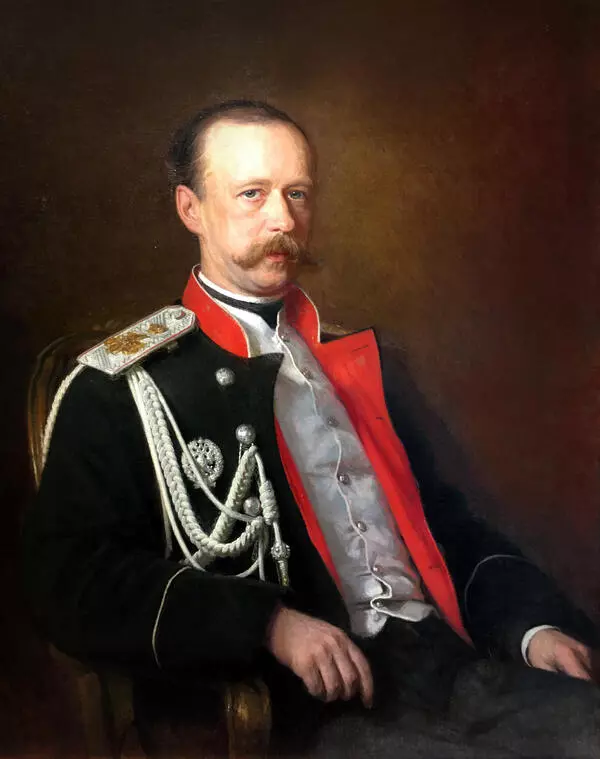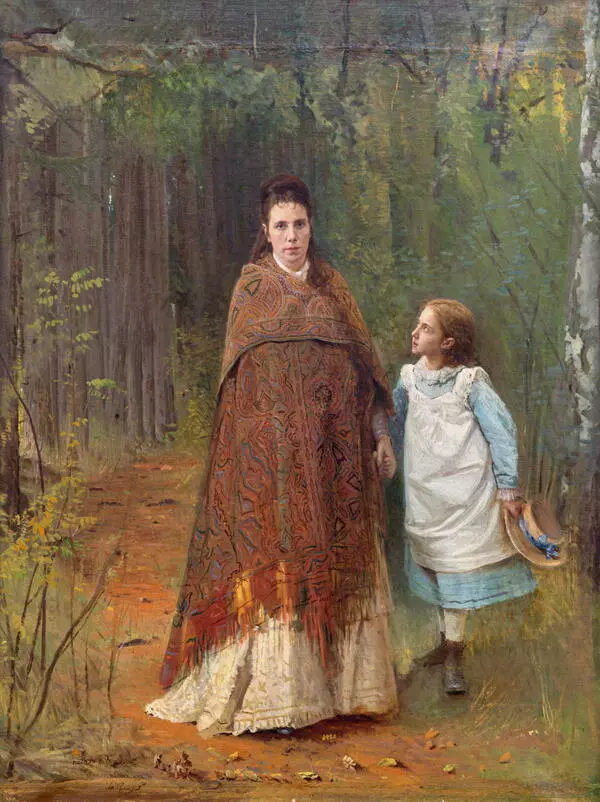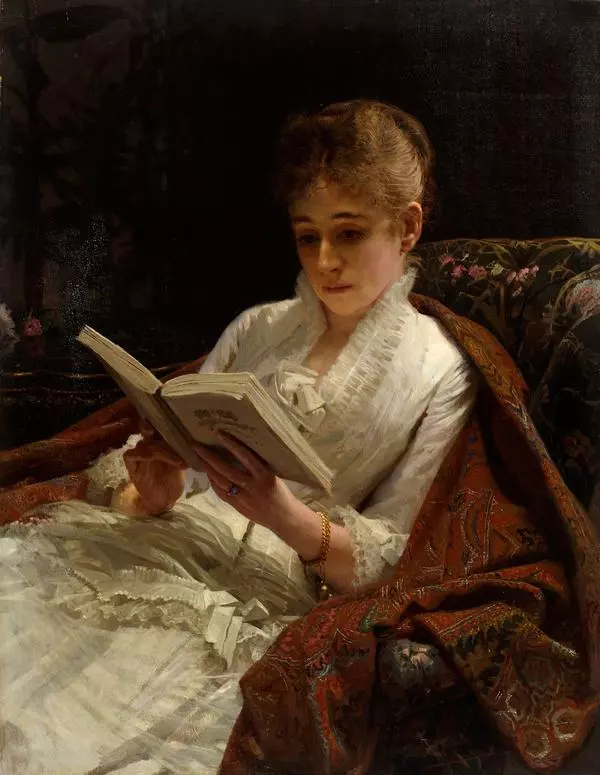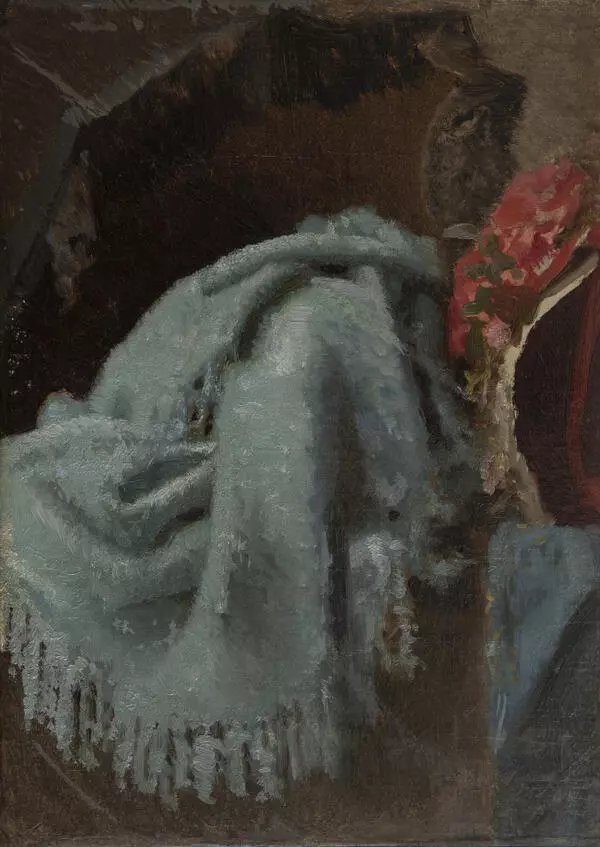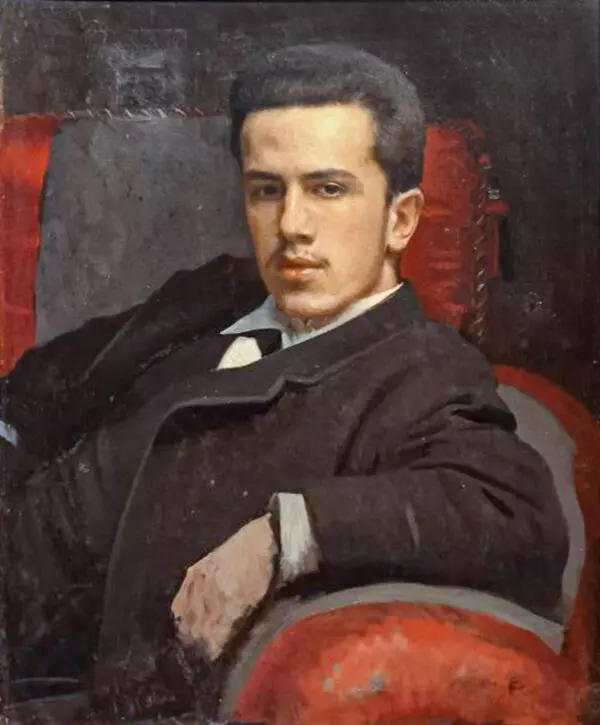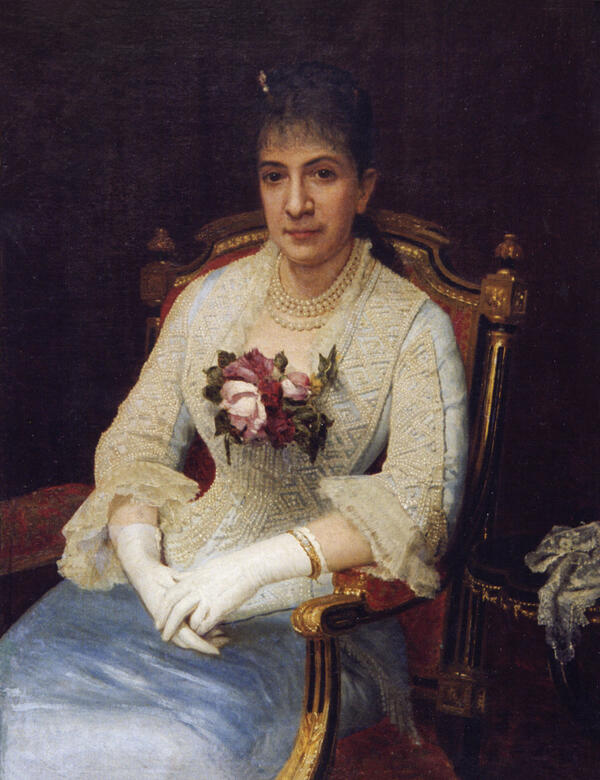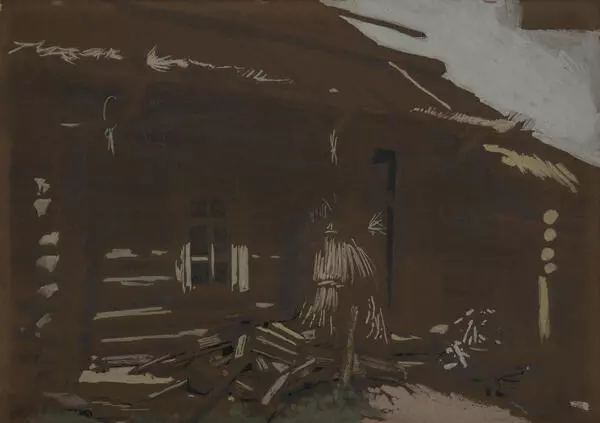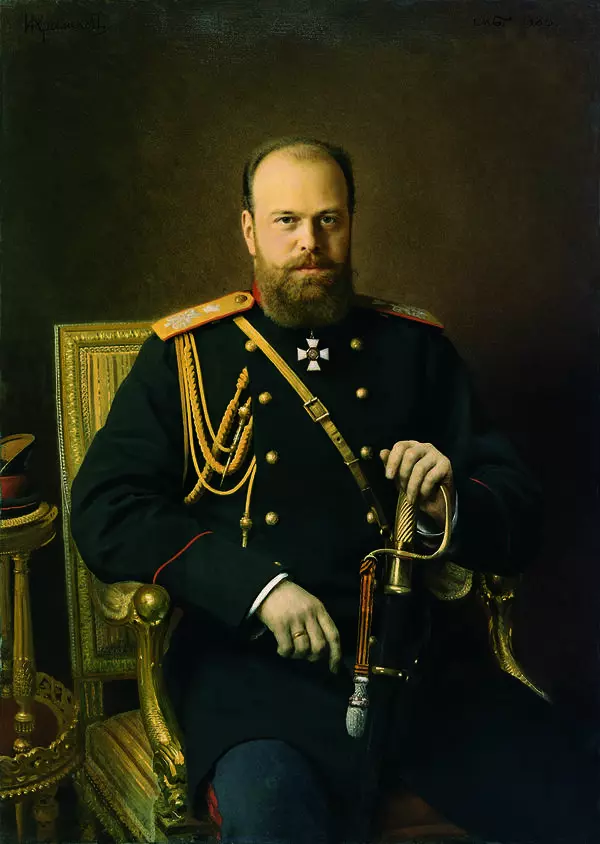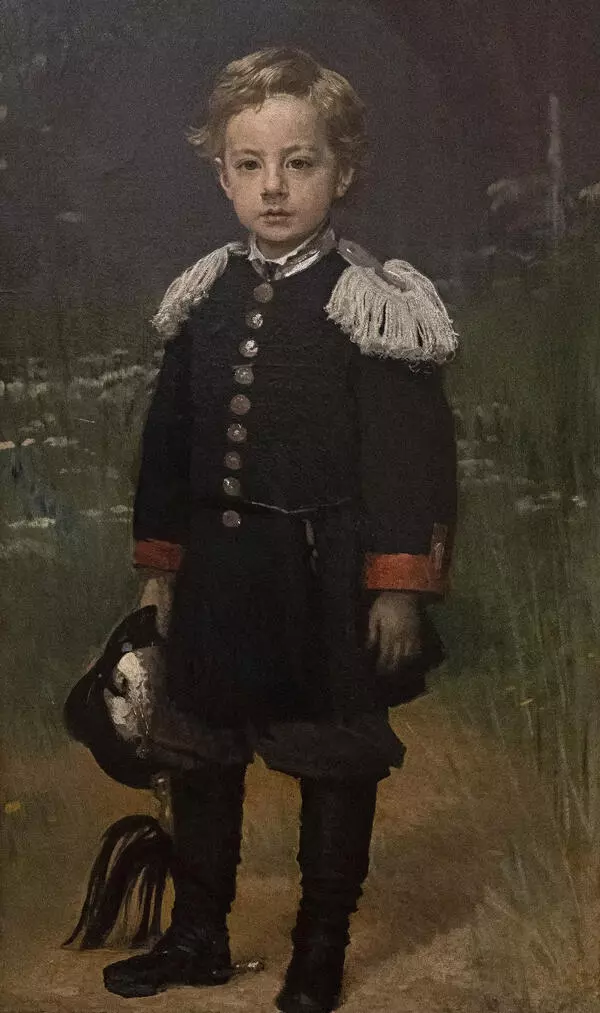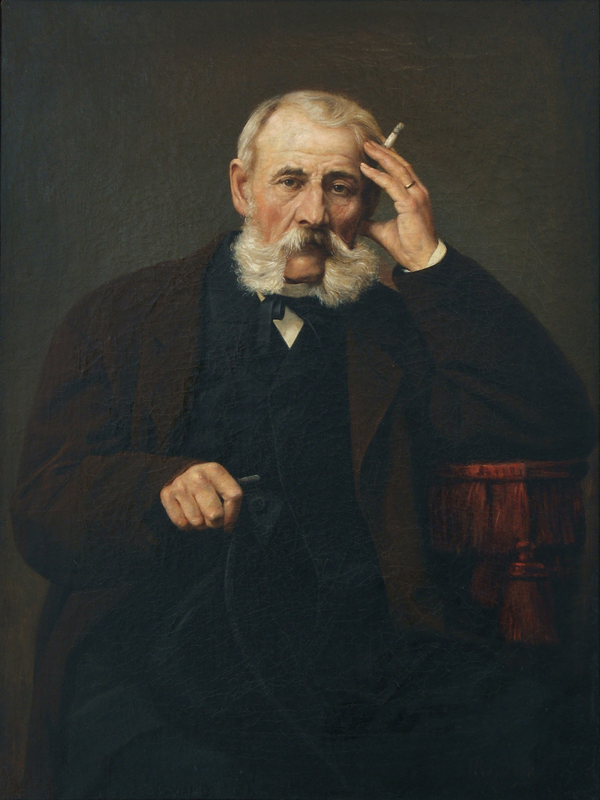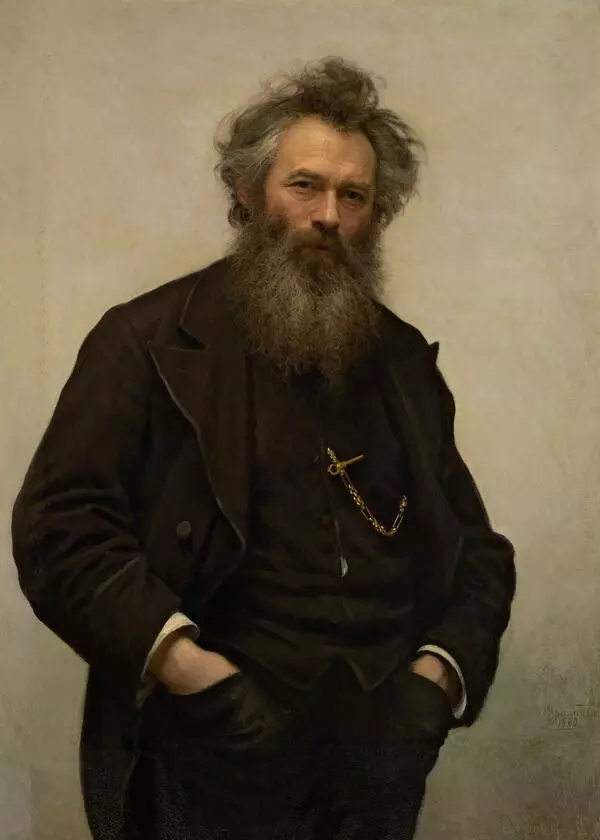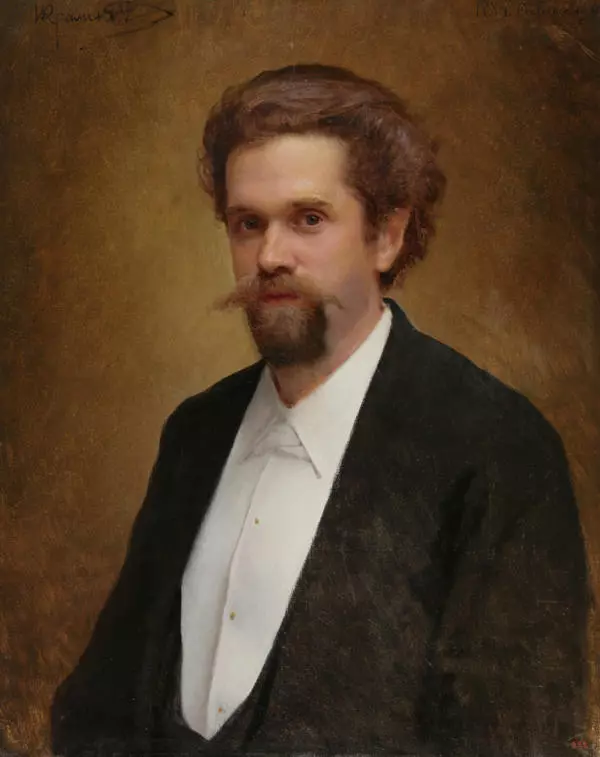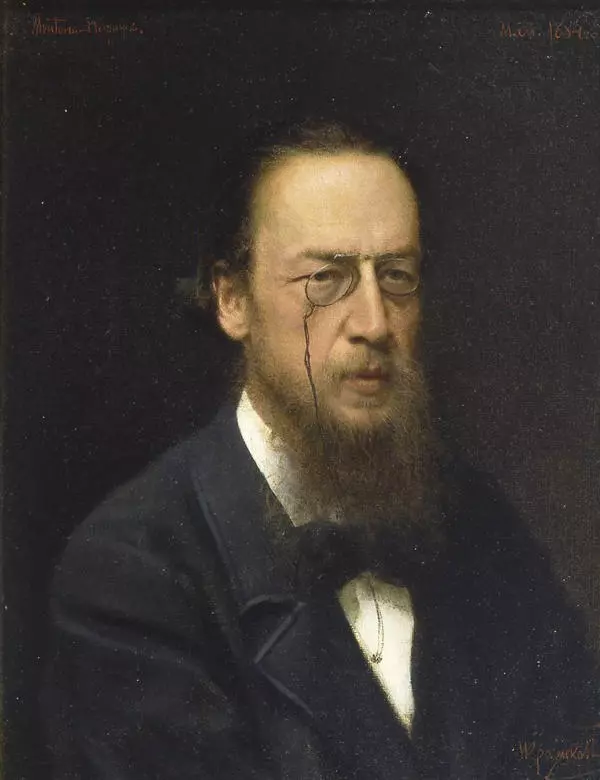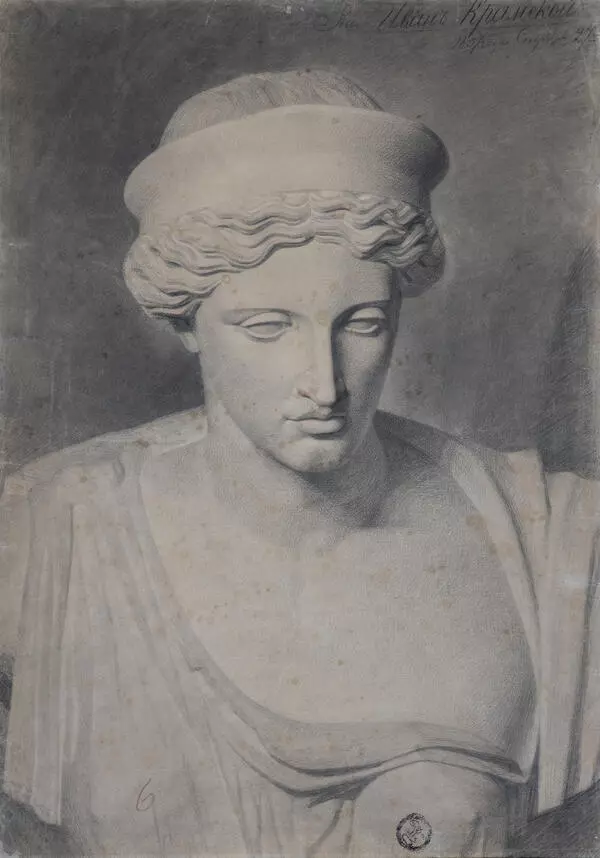Among the masterpieces of the museum’s collection of graphic works is a portrait of Josephine Polonskaya by Ivan Kramskoy. This portrait was first displayed at a posthumous exhibition of the artist’s works in St. Petersburg in 1887, alongside his oil-on-canvas portrait of the poet Yakov Polonsky. In the 1870s, the heyday of Ivan Kramskoy, he perfected his technique of creating graphic portraits. These portraits are large, monochrome images, typically created using dry or wet mediums. They were painted very quickly, often in a matter of hours.
The portrait of Josephine Antonovna Polonskaya is one of such works. The life of this woman has been described as a novel. Modern biographers write, “The life story of Josephine Antonovna, and the love story between her and Polonsky, can be viewed as a real-life version of the legend of Pygmalion and Galatea“. Josephine Ruhlmann was raised as an orphan and attended a Catholic school in St. Petersburg. She later worked as a governess for a family of Colonel and Professor Pyotr Lavrov, who was also a member of the Narodnaya Volya organization (a 19th-century revolutionary socialist political organization). After leaving her previous employment, she worked for the family of Doctor Konradi.
Later, she met the renowned poet Polonsky, who had
suffered his own share of slings and arrows: in January 1860, his son passed
away, and six months later, his wife died. Six years following the tragedy, a
notation appeared in Polonsky’s diary:


